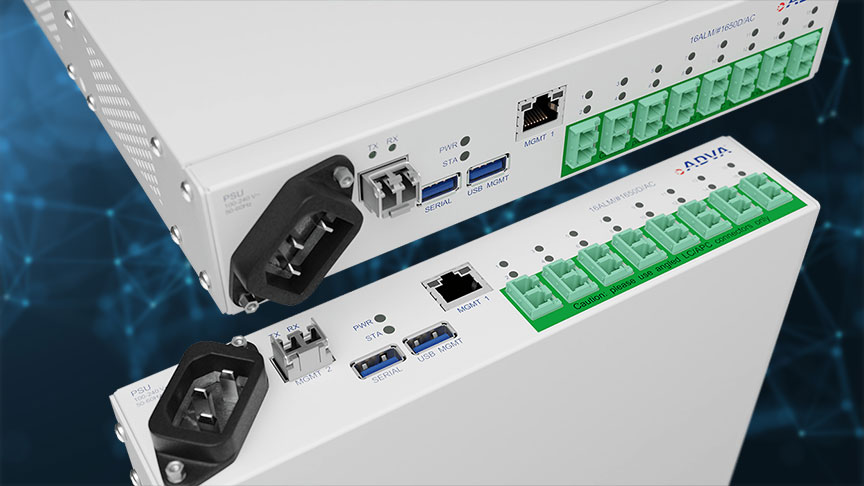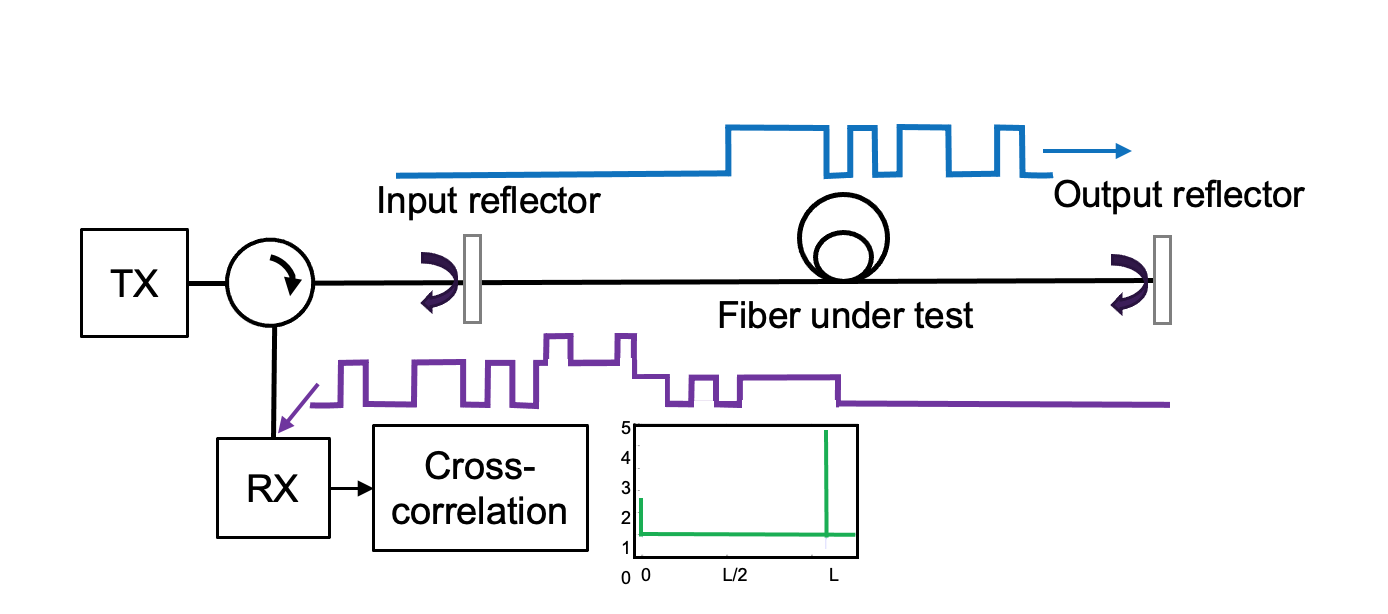Last month saw the 13th annual Thuringia Innovation Awards. It’s a prestigious competition recognizing the technology breakthroughs that are set to have a major global impact, and it’s one in which we’ve had a lot of success.
Recently, we won first prize in the Digital and Media category for our novel optical transceiver with a tunable lasers and photodiodes. With its ability to transmit and receive data over 96 channels and realize speeds of up to 10Gbit/s, the laser technology offers a way to meet key 5G requirements.
Enhanced fiber monitoring
In this year’s competition, we were once again selected and nominated for the top three. Despite being just beaten to first place (we came runners up), our latest technology contribution could well be our most exciting yet.
The prototype is an enhancement of our ALM fiber monitoring technology – our widely deployed solution for providing real-time, in-service fiber assurance. With our ALM, network operators can efficiently and accurately troubleshoot new and existing optical networks. It shortens customers’ time-to-service and reduces downtime.
And it achieves this, in part, due to its optical time domain reflectometer (OTDR), which measures the length of a fiber using optical pulses. This enables the end-to-end analysis and monitoring that helps to rapidly identify and isolate fiber issues without interruption to existing services.
Instead of using a pulse to measure the length of a link by timing its roundtrip, our prototype utilizes a pattern of pulses.5G timing
What we’ve been working on is a way to measure fiber delay more precisely than ever before. It’s a technology that will help to support new levels of network synchronization that will be needed for 5G applications that rely on ultra-low-latency networks such as autonomous vehicles and industrial IoT.
The new technology involves the integration of the OTDR into a portable unit (30cm x 30cm), based on a multi-processor system on a chip (MPSoC) and a small form-factor pluggable (SFP) 2.5Gbit/s transceiver. Instead of using a pulse to measure the length of a link by timing its roundtrip, our prototype utilizes a pattern of pulses. This enables it to be more accurate and improves precision over much longer distances.
It works by correlating the pulse pattern that comes out with what went in to work out the precise propagation time. When the correlation function shifts even a tiny amount, then the patterns don’t match, we know there’s an issue and we rework the precision.

